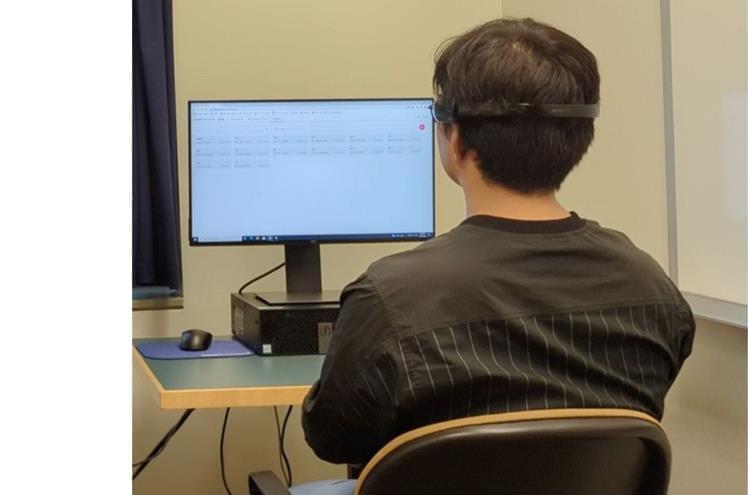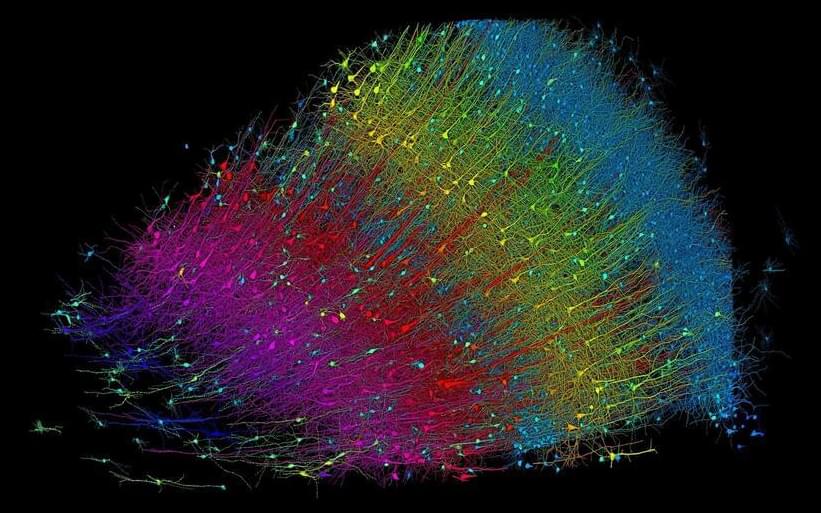In his new book, Dr Alan Herbert gives an honest account of his journey in the discovery of left-handed DNA.




In a recent paper published in the International Journal of Psychiatry Research, Dr. Gerard Marx from MX Biotech and Prof. Chaim Gilon from the Hebrew University of Jerusalem present an innovative integration of two notable neuroscience theories—the Global Neuronal Network (GNW) hypothesis and the Tripartite Mechanism of Memory.

As people age, their brains do, too. But if a brain ages prematurely, there is potential for age-related diseases such as mild cognitive impairment, dementia, or Parkinson’s disease. If “brain age” could be easily calculated, then premature brain aging could be addressed before serious health problems occur.
Researchers from Drexel University’s Creativity Research Lab have developed an artificial intelligence technique that can effectively estimate an individual’s brain age based on electroencephalogram (EEG) brain scans. The technology could help to make early, regular screening for degenerative brain diseases more accessible. The work is published in the journal Frontiers in Neuroergonomics.
Led by John Kounios, Ph.D., professor in Drexel’s College of Arts and Sciences and Creativity Research Lab director, the research team used a type of artificial intelligence called machine learning to estimate an individual’s brain age similar to the way one might guess another person’s age based on their physical appearance.

Scientists at the Paul Scherrer Institute (PSI) have for the first time precisely characterized the enzyme styrene oxide isomerase, which can be used to produce valuable chemicals and drug precursors in an environmentally friendly manner. The study appears today in the journal Nature Chemistry.
Enzymes are powerful biomolecules that can be used to produce many substances at ambient conditions. They enable “green” chemistry, which reduces environmental pollution resulting from processes used in synthetic chemistry. One such tool from nature has now been characterized in detail by PSI researchers: the enzyme styrene oxide isomerase. It is the biological version of the Meinwald reaction, an important chemical reaction in organic chemistry.
“The enzyme, discovered decades ago, is made by bacteria,” says Richard Kammerer of PSI’s Biomolecular Research Laboratory. His colleague Xiaodan Li adds: “But because the way it functions was not known, its practical application has been limited up to now.” The two researchers and their team have elucidated the structure of the enzyme as well as the way it works.

A collaborative effort between Harvard and Google has led to a breakthrough in brain science, producing an extensive 3D map of a tiny segment of human brain, revealing complex neural interactions and laying the groundwork for mapping an entire mouse brain.
A cubic millimeter of brain tissue may not sound like much. But considering that tiny square contains 57,000 cells, 230 millimeters of blood vessels, and 150 million synapses, all amounting to 1,400 terabytes of data, Harvard and Google researchers have just accomplished something enormous.
A Harvard team led by Jeff Lichtman, the Jeremy R. Knowles Professor of Molecular and Cellular Biology and newly appointed dean of science, has co-created with Google researchers the largest synaptic-resolution, 3D reconstruction of a piece of human brain to date, showing in vivid detail each cell and its web of neural connections in a piece of human temporal cortex about half the size of a rice grain.

Flatiron Institute senior research scientist Shiwei Zhang and his team have utilized the Hubbard model to computationally re-create key features of the superconductivity in materials called cuprates that have puzzled scientists for decades.
Superfast hovering trains, long-distance power transmission without energy loss, and quicker MRI scanners — all these incredible technological innovations could be within reach if we could develop a material that conducts electricity without any resistance, or “superconducts,” at approximately room temperature.
In a paper recently published in the journal Science, researchers report a breakthrough in our understanding of the origins of superconductivity at relatively high (though still frigid) temperatures. The findings concern a class of superconductors that has puzzled scientists since 1986, called ‘cuprates.’


Since the first microbial genome was sequenced in 1995, scientists have reconstructed the genomic makeup of hundreds of thousands of microorganisms and have even devised methods to take a census of bacterial communities on the skin, in the gut, or in soil, water and elsewhere based on bulk samples, leading to the emergence of a relatively new field of study known as metagenomics.

Engineers at MIT have developed a groundbreaking method for detecting bioluminescent light within the brain.
By modifying the brain’s blood vessels to express a specific protein, they induced dilation in response to light exposure.
The approach enabled researchers to visualize the dilation using magnetic resonance imaging (MRI), facilitating precise localization of light sources within the brain.